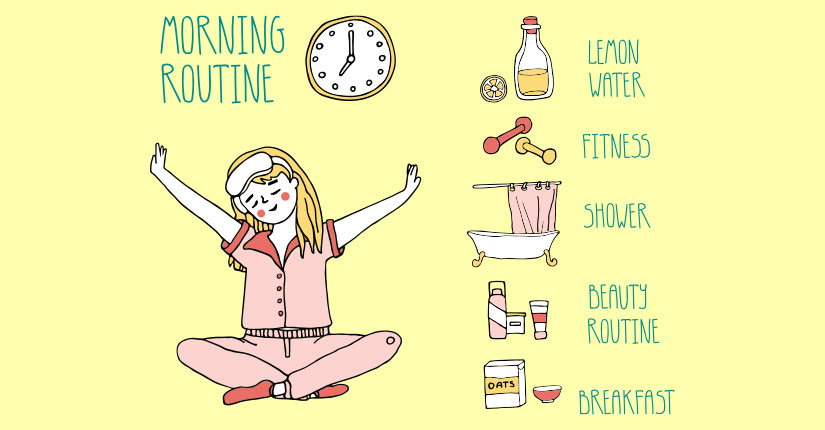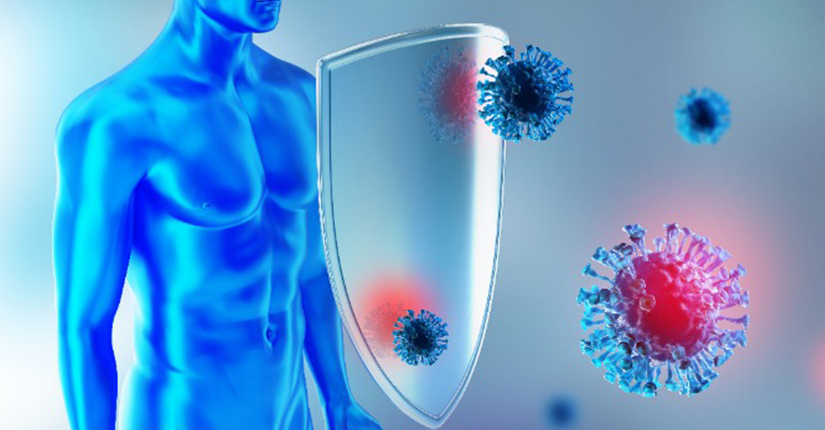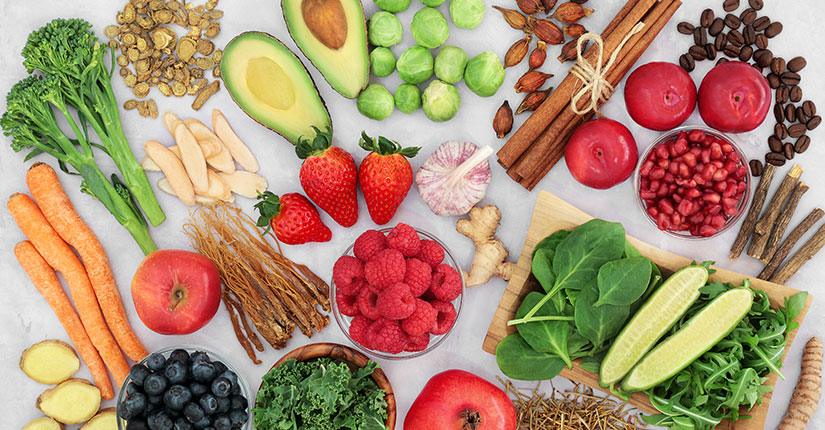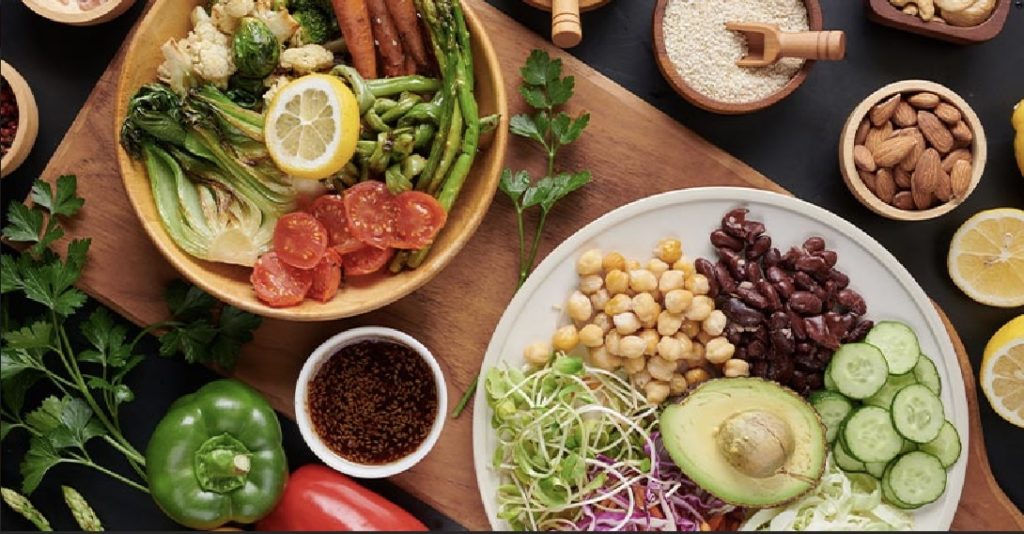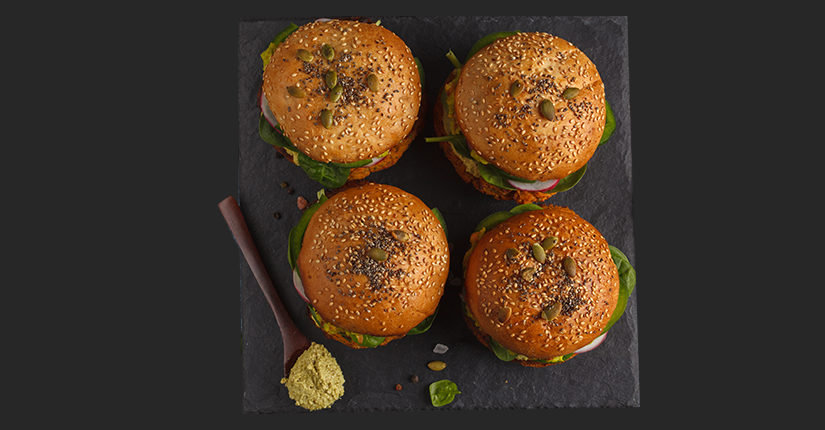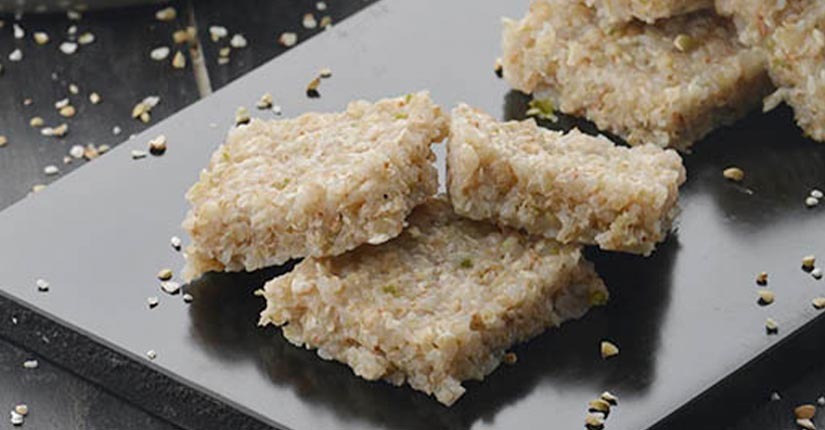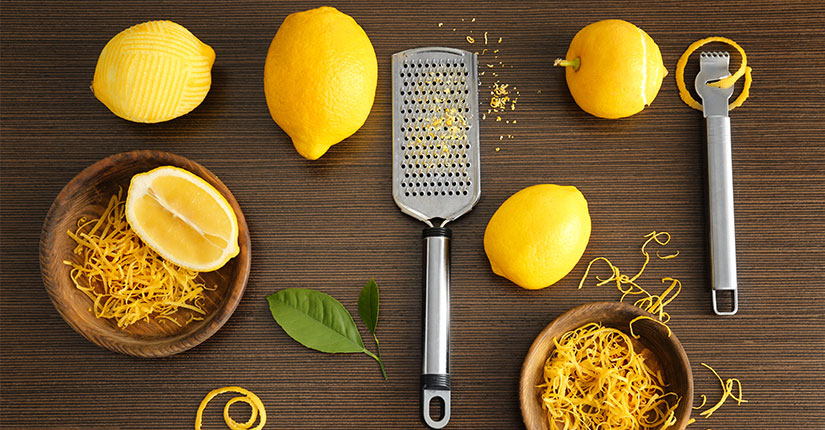World Pulses Day: 4 Amazing Benefits of Adding Pulses to your Diet
By Nmami Life Editorial 10-Feb 2020 Reading Time: 7 Mins
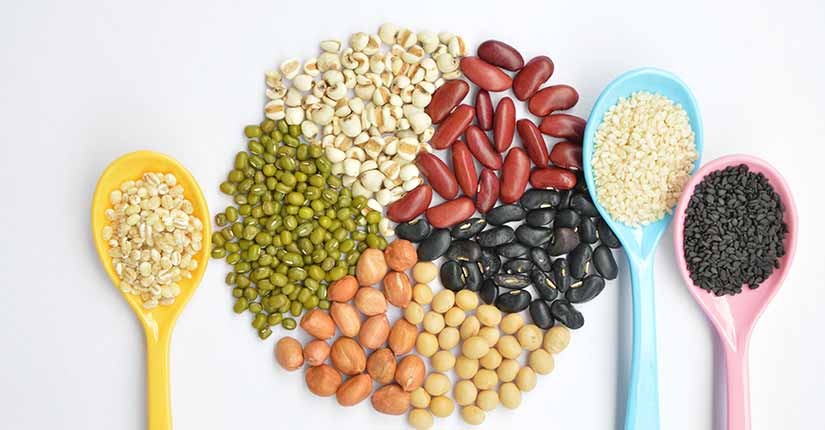
After the success of the International Year of Pulses (IYP) 2016, World Pulses Day is a new opportunity to heighten public awareness of the nutritional value of eating pulses. In 2018, it was determined by the United Nations to celebrate a day that may express the worth, value and advantages of Pulses. Hence, after the UN’s recommendations applauded through Food and Agriculture Organization (FAO), February 10 was designated and established as an International day of Pulses. Thus on 10th February 2019, the first-ever World Pulses Day was observed.
Pulses are not just colourful nutritious seeds as they contribute to sustainable food systems and a #ZeroHunger world which is a part of Sustainable Goals.
What are pulses?
Pulses, also called as legumes, are the legume branches or small plants that contain edible seeds. These edible seeds of leguminous plants cultivated for food contain dried beans, chickpeas, lentils and peas and these are the most commonly known and consumed types of pulses. Several staple dishes and cuisines from across the globe feature pulses, from hummus in the Mediterranean (chick peas), to a traditional full English breakfast (baked navy beans) to Indian curries (peas or lentils).
Pulses exclude the crops that are harvested green (e.g. green peas, green beans)—these are rather classified as vegetable crops. Also, pulses do not include those crops that are used mainly for oil extraction like soybean and groundnuts and leguminous crops that are used exclusively for sowing purposes like seeds of clover and alfalfa.
Why are pulses important crops?
Pulses packed with nutrients and have high protein content make them an ideal source of protein particularly in regions where meat and dairy are not physically or economically accessible. Pulses are low in fat and rich in soluble fiber, which can lower cholesterol and help in the control of blood sugar. Due to these qualities, they are recommended by various health organizations for the management of lifestyle diseases like diabetes and heart conditions. Pulses have also been shown to help keep obesity at a bay.
The term “pulses” is different from “crops” because pulses are harvested when the seeds become dry whereas crops are harvested with their plants still green. Pulses are the good source of protein, dietary fiber, and minerals which are needed in our body whereas, having a higher amount of nitrogen, they add into the fertility of the land and are environment-friendly.
What is the theme of World Pulses Day 2020?
“Nutritious Seeds for a Sustainable Future” was determined as a slogan to be raised in the year 2016 after its nomination as International Year of Pulses. This year specified and stressed upon the nutritional importance of Pulses and since then it has been declared the theme from the year 2019(10th February, first observance as a day) to the current year, 2020’s 10th February, as a similar domain to follow.
How beneficial are pulses?
Here are a few reasons why these tiny, multi-colored seeds have been one of nature’s nutritious creations since time began:
- Proteins are building blocks of our body and pulses are a great source of plant-based protein. About 100 grams of dry lentils contain a remarkable 25 grams of protein! At the time of cooking, pulses absorb considerable amounts of water thus reducing their protein content to around 8%. Yet, you can still increase the protein quality of cooked pulses by simply combining them with cereals in your meal, for example, khichadi (lentils with rice) or Idli-sambhar.
- Naturally low in fat and contains no cholesterol, which can contribute to reducing the risk of cardiovascular diseases. Pulses are also low in sodium. High salt intake is a contributor to hypertension and can be avoided by consuming foods with lower sodium levels such as pulses.
- Iron deficiency is considered one of the most prevalent forms of malnutrition in India and is one of the most common types of anemia, especially in women. Pulses are a good source of iron as well. To help optimize the absorption of iron in our bodies from pulses, combine them with foods rich in vitamin C like adding lemon juice to the lentil curry.
- Pulses are naturally gluten-free and this is what makes them an ideal option for people with coeliac disease. Pulses have a low glycemic index. They help to stabilize blood sugar and insulin levels, making them suitable for diabetics and ideal for people with weight management.
Over to you
Pulses have a good amount of potassium which supports heart health and plays an important role in digestive and muscular functions. Make sure to include pulses in your diet in the form of salads, chaats, sandwiches, stuffed chapatis, tikkis and more.

